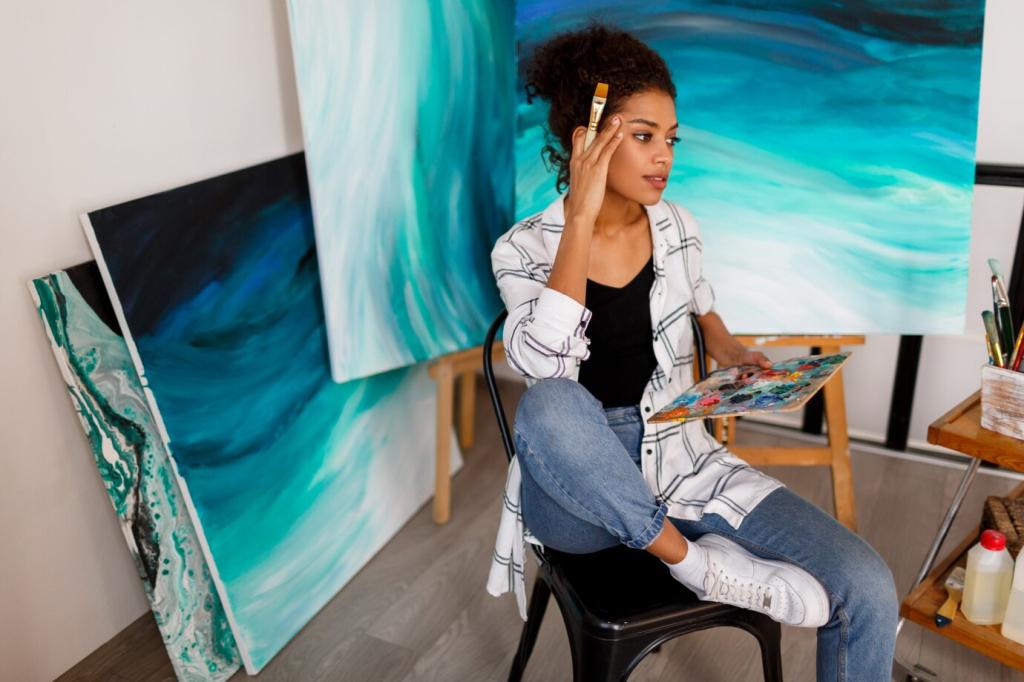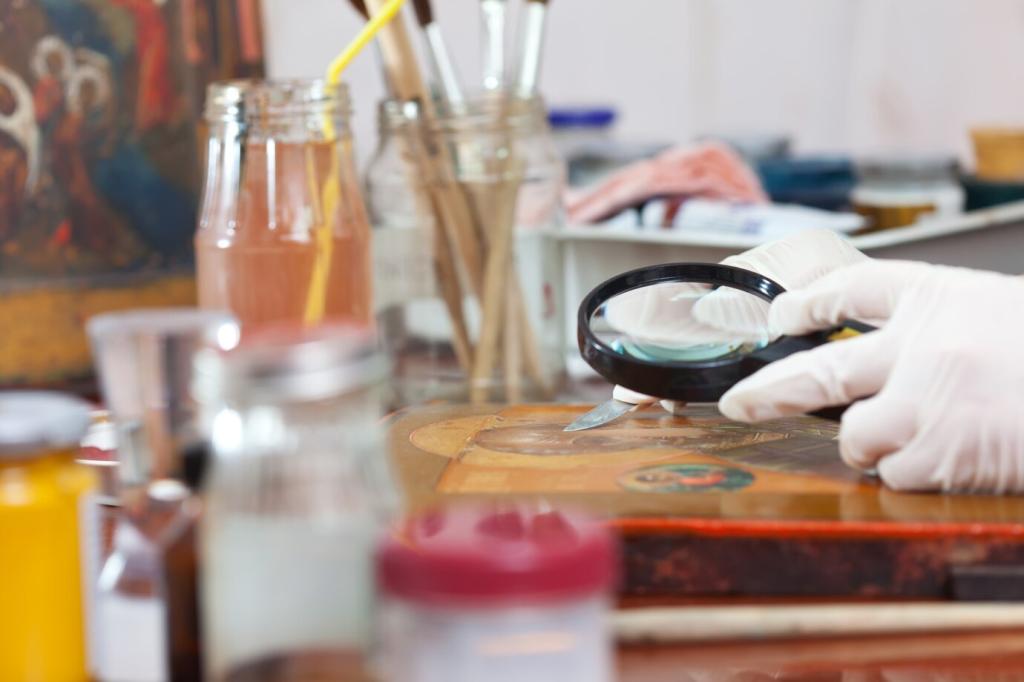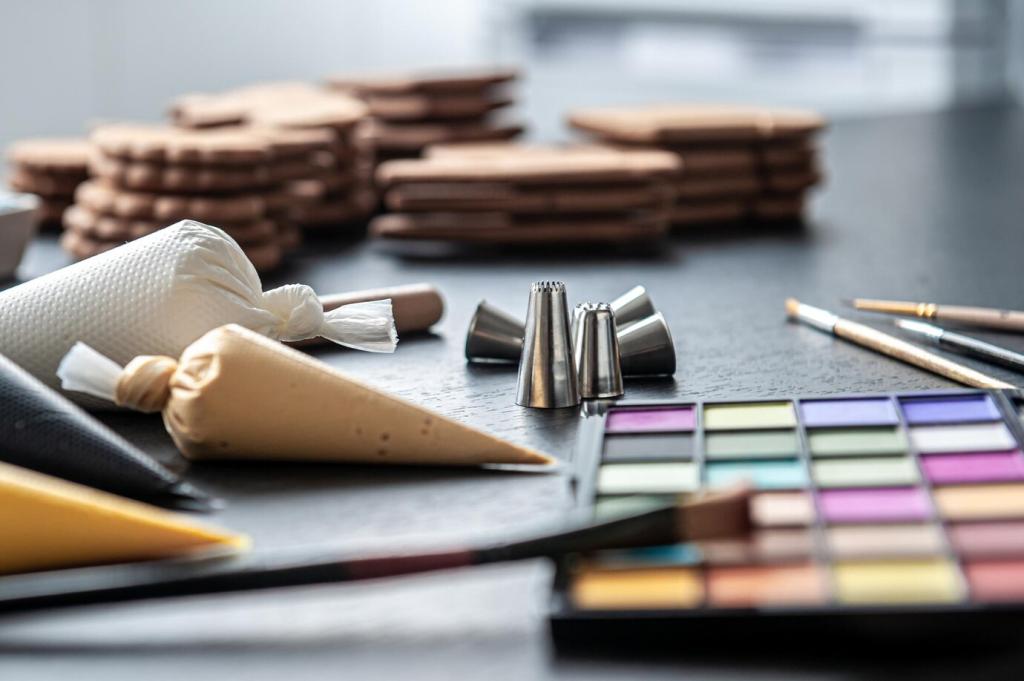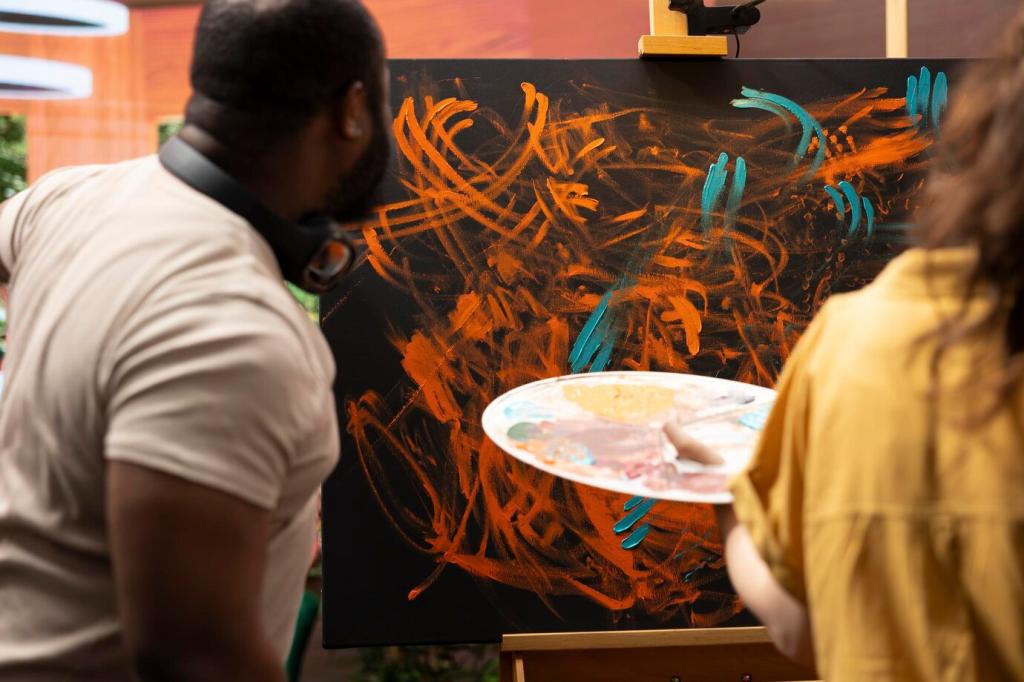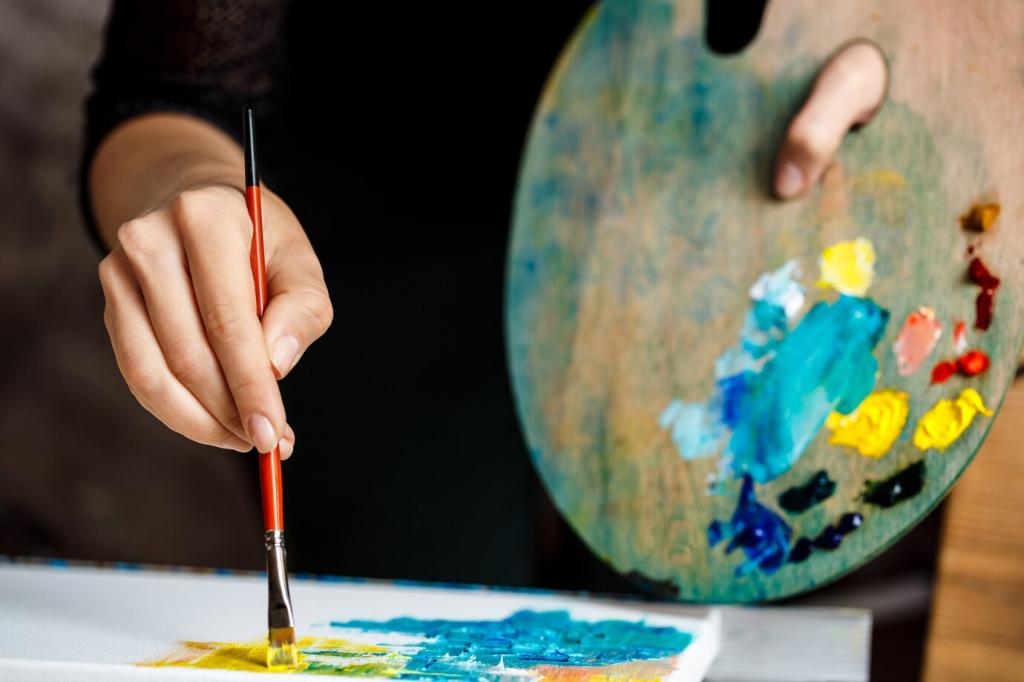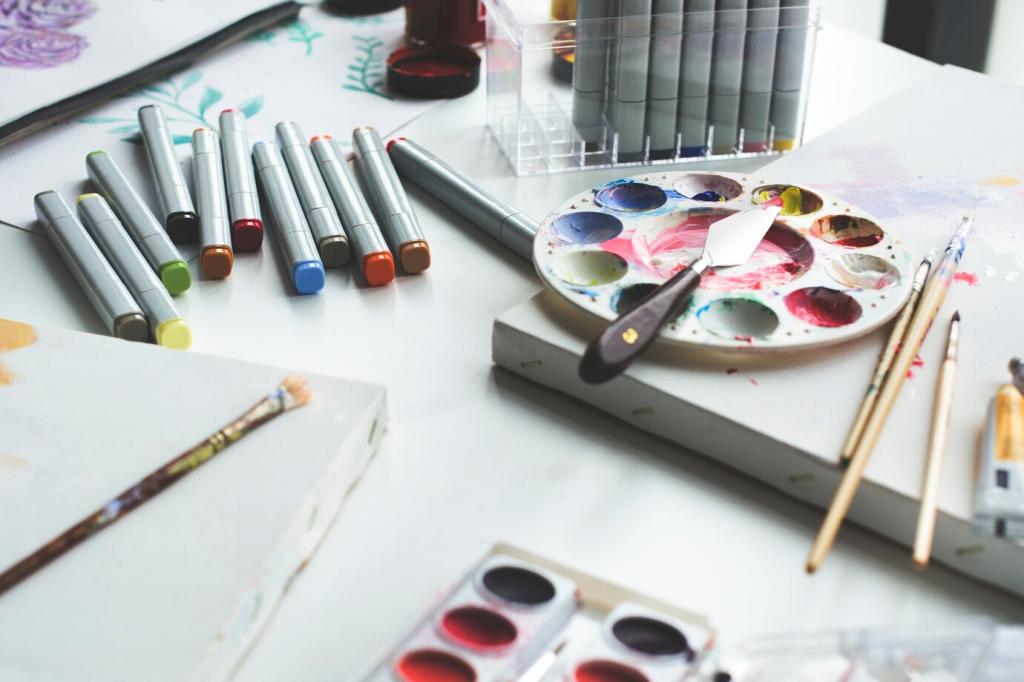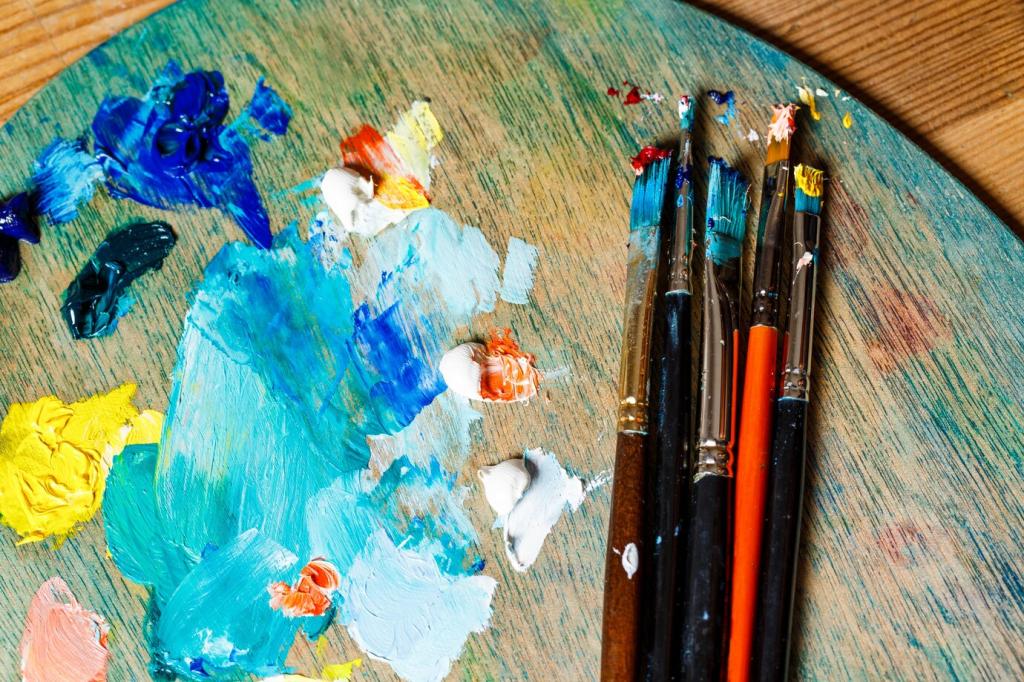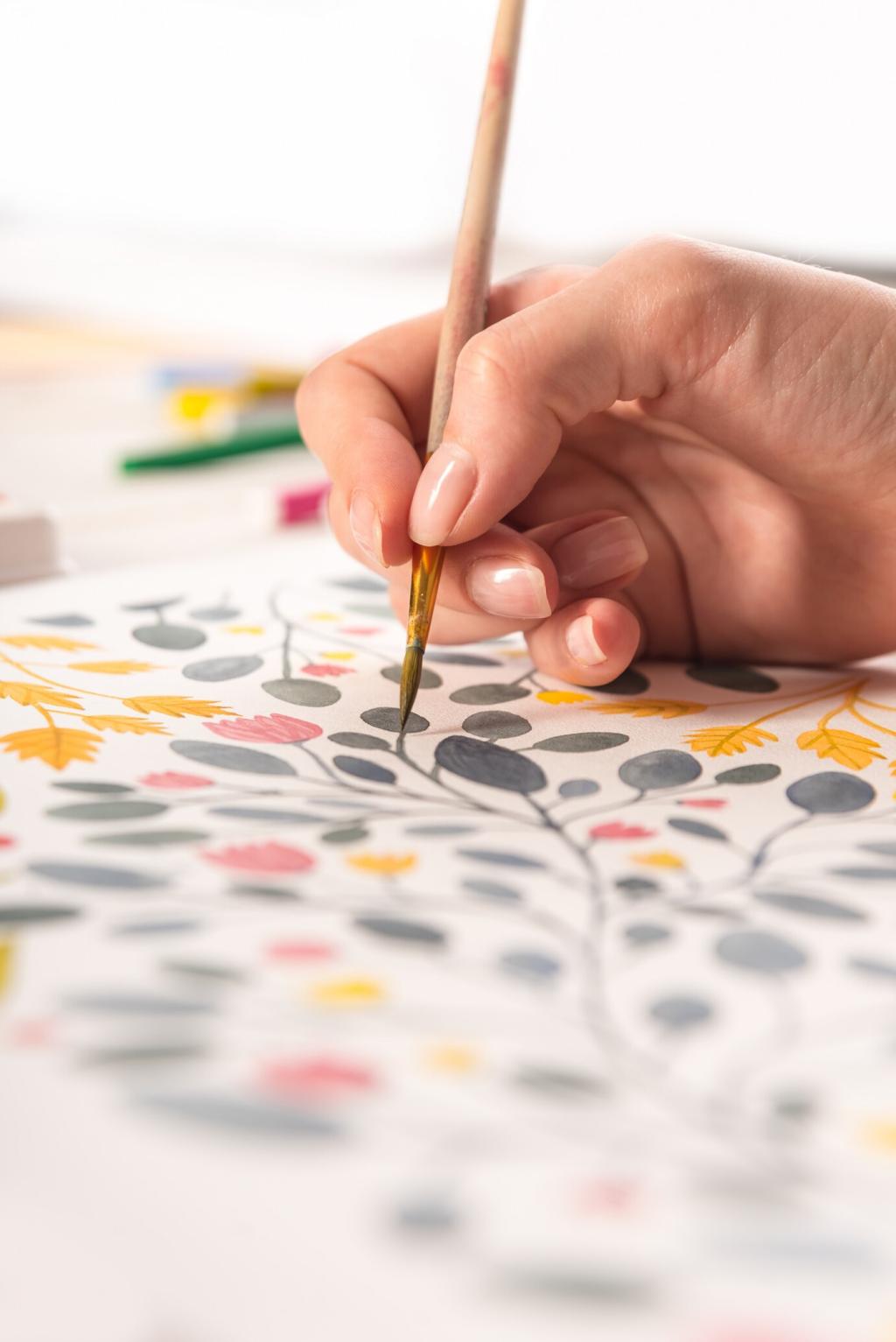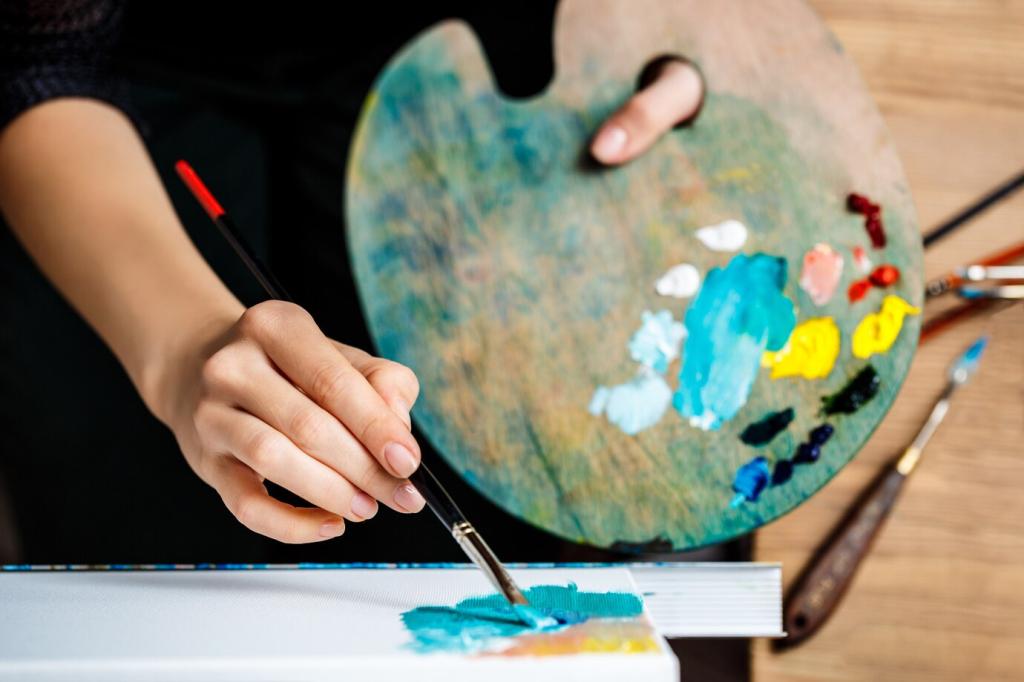Sustainability as Innovation, Not Compromise
Citrus-based cleaners, safer solvents, and closed-lid brush baths reduce airborne hazards while preserving luscious handling qualities. Clear labeling and ventilation plans turn studio care into craft, protecting health without dulling the energy of color and mark.
Sustainability as Innovation, Not Compromise
Found wood, retired display panels, and reclaimed textiles introduce unexpected grain and memory. Artists prime thoughtfully, allowing traces to remain visible, folding the object’s previous life into the new painting’s conceptual backbone.

